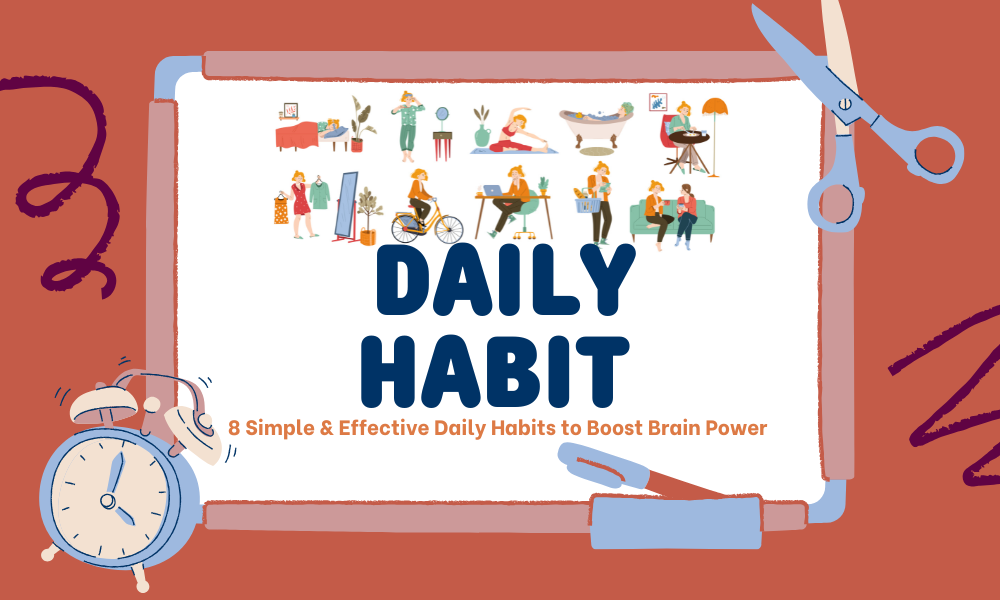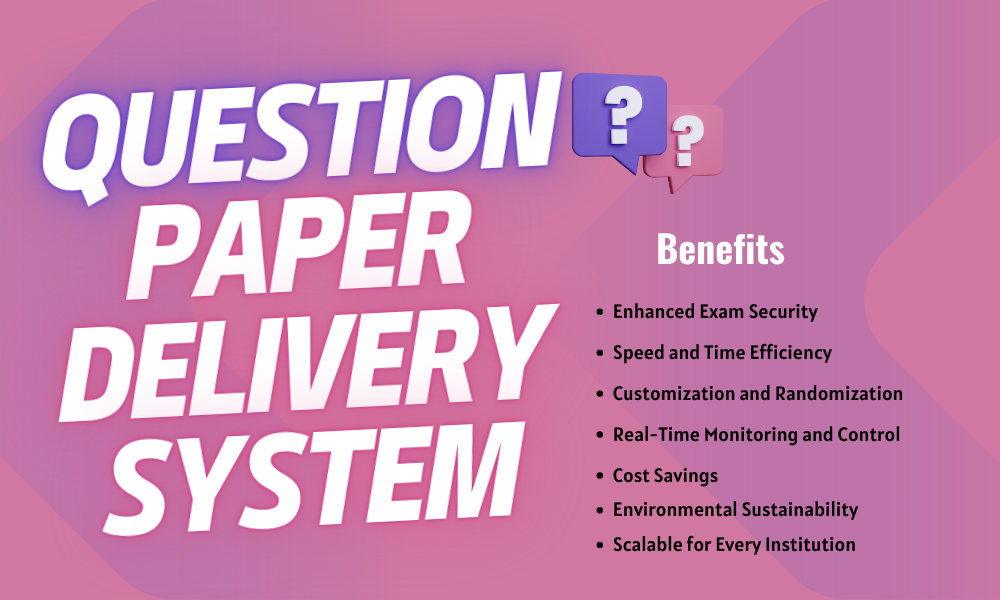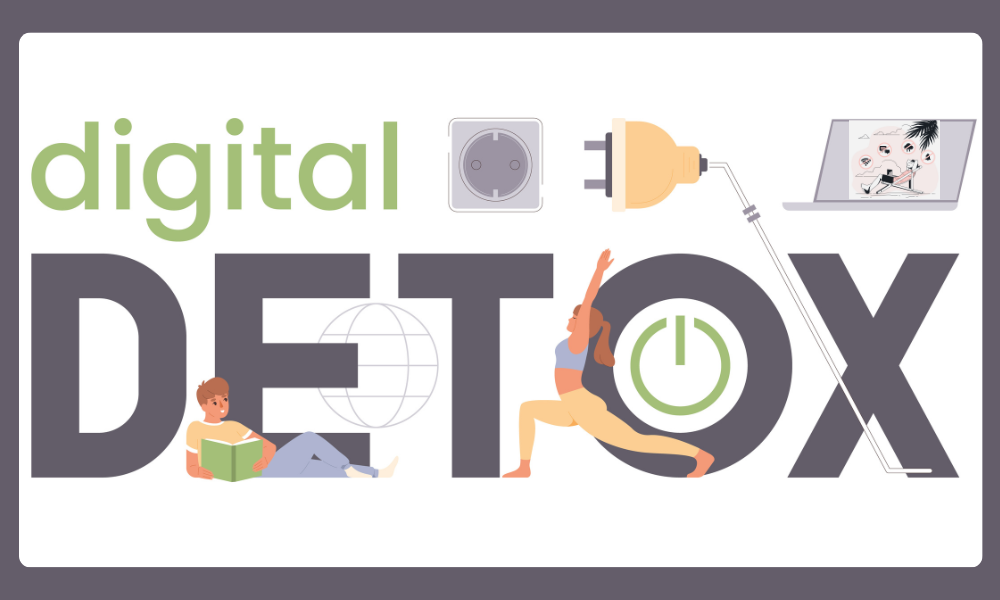Simple Ways to Reduce Screen Time That Actually Works
Let’s admit it, screens take a huge part of our daily routine. So it’s easy to lose track of how many hours we spend between work emails, social media, streaming shows, and endless scrolling. While technology keeps us connected and entertained, too much screen time can leave us feeling tired, distracted, and even anxious.
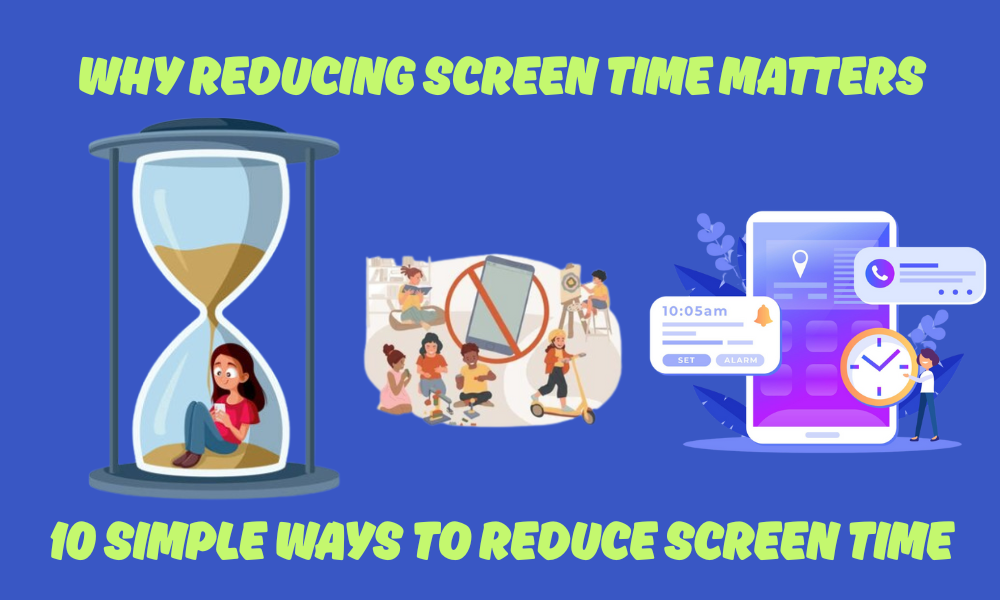
The good news? You don’t have to stop using your gadgets completely. With just a few changes, you can reduce screen time and start feeling more present, focused, and refreshed. In this blog, we will explore simple and practical ways to take a break from screens and improve your overall well-being.
Let’s get started by understanding why it’s important to minimize screen time.
Why Reducing Screen Time Matters
Screens are a part of almost everything we do, from education and work to entertainment and staying connected. But spending too much time in front of screens can take a toll on both our physical and mental health.
Physically it can cause eye strain, neck and back pain, headaches, and poor posture. While mentally it can cause fatigue, disrupt sleep patterns, increase anxiety, and make it harder to focus. Over time, excessive screen time can reduce productivity, shorten attention spans, and interfere with real-life connections.
When you consciously reduce screen time, even a little, it can bring noticeable improvements. You started to sleep better, feel more focused, enjoy deep conversations, and experience less stress. So minimising on screen time gives your mind and body a much-needed break.
However, it’s not about giving up technology completely, it’s about using it in a healthier and more balanced way.
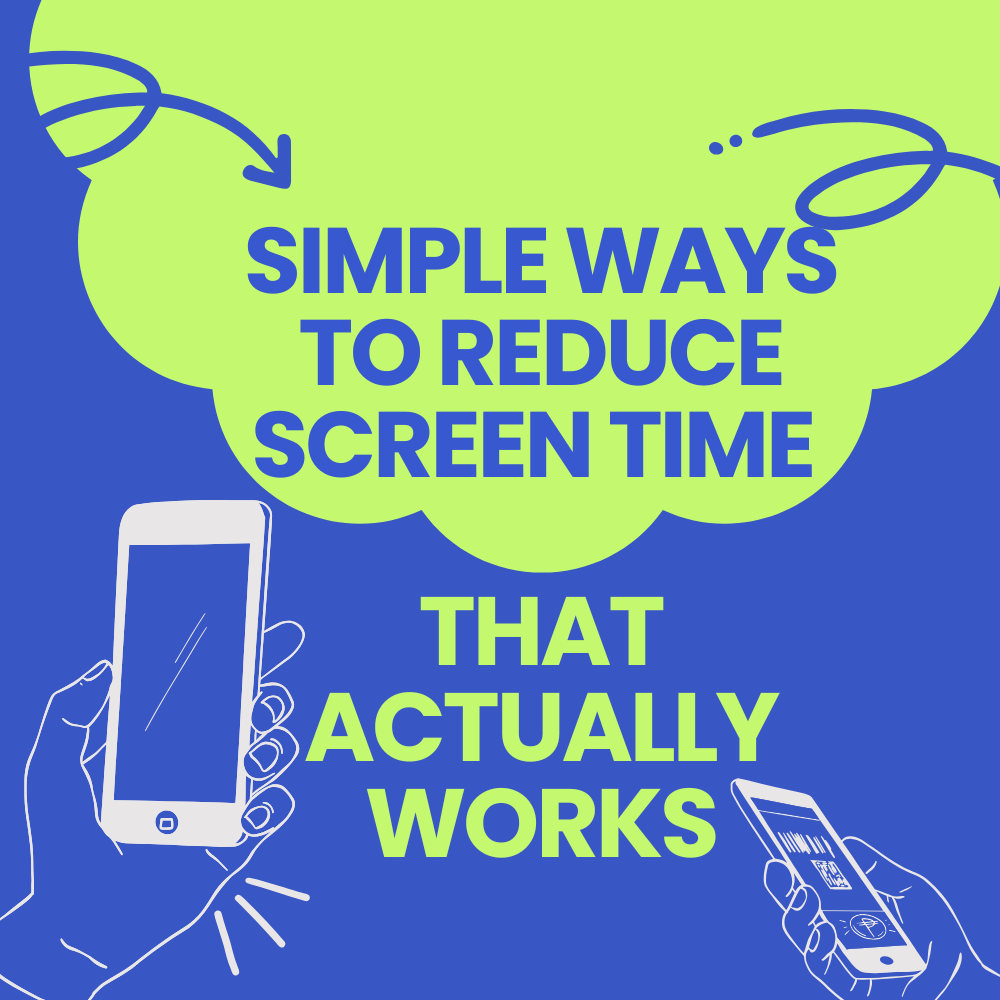
10 Simple Ways to Reduce Screen Time
Are you ready to get free from mindless scrolling? Here are the simple and practical tips that can help you cut back on screen time.
1. Set App Limits
Most smartphones now have built-in tools (like Screen Time on iPhones or Digital Wellbeing on Android) that allows you to track and limit how much time you spend on specific apps. So you can start by setting daily limits on your most-used apps like Instagram, TikTok, or YouTube. Once you reach that boundary, your phone will remind you to take a break.
2. Schedule Screen-Free Hours
You can create dedicated times in your day when screens are off-limits like during meals, the first hour after waking up, or the hour before bedtime. It gives your brain a needful break and helps you stay active with yourself and your loved ones. You can also use that time to stretch, chat with someone, read, or simply relax.
3. Use “Do Not Disturb” Mode
Constant notifications pull you back into your phone. So try turning on “Do Not Disturb” mode while working, spending time with loved ones, or trying to relax. When you get fewer notifications sounds, you distract less and are not tempted often to check your phone unnecessarily. You can also customize it to allow only important calls or messages.
4. Replace Screen Time with Offline Hobbies
Start by doing small fun offline activities by replacing 15 to 30 minutes of screen time. It can be anything enjoyable like reading, drawing, cooking, gardening, or going for a walk. When you have fun offline, it makes you less likely to reach for your device out of boredom.
5. Declutter Your Digital Space
It’s best to remove or hide apps that you don’t really use but keep on checking out of habit. A cleaner phone gives you less reasons to pick it up and scroll through a maze of distraction. So keep only essential apps on your home screen and organize others into folders so they are less tempting.
6. Turn On Greyscale Mode
Switch your phone display to greyscale (black & white) in your accessibility settings. Without the bright, colorful icons and visuals, your screen feels less appealing and you use it less in comparison. Also you can automate this to turn on during specific hours of the day. This small change can make your phone less addictive and encourage mindful usage.
7. Create Tech-Free Zones
Allocate certain places in your home where screens aren’t allowed like the dining table or the bedroom. You can have physical signals that help you mentally disconnect from screens. Keep an interesting book or journal by your bed side instead of your phone, so you can avoid the screen time before sleeping.
8. Track Your Screen Time
Awareness is key. Use your phone’s screen time tracker or a dedicated app like Moment or RescueTime to monitor how much time you are spending and where. Set weekly goals to slowly reduce the number, as small wins matter.
9. Be Intentional With Screen Use
Before opening your phone, ask yourself: “Why am I picking this up?”. If you don’t find any genuine reason to pick up the phone, try walking away or ignore it. It helps you avoid falling into the endless scroll trap. Also keep a sticky note on your screen or phone case as a gentle reminder.
10. Set a Good Example for Others
If you are a parent, partner, or leader, your screen habits can influence others. So talk openly about reducing screen time and form the behavior. Encouraging healthy boundaries becomes easier when it’s a shared goal and accountability helps you stay on track too. When you set a good example, it’s easier for others to follow and make healthy changes too.
Conclusion
We hope this blog has shown you effective ways that you can reduce screen time easily without being overwhelmed. With just a few intentional changes, you can create more balance in your daily life and start feeling better. It also keeps you strong mentally, physically, and emotionally.
Whether it’s taking screen-free breaks, turning off notifications, or reliving offline hobbies, every little change adds up. The key is to start somewhere. Remember, it’s not about giving up your devices, it’s about using them in a healthier way.
Author’s Bio
Author Nikita is professional content writer, she is always exciting to express thoughts & insights into wonderful words on various topics.





